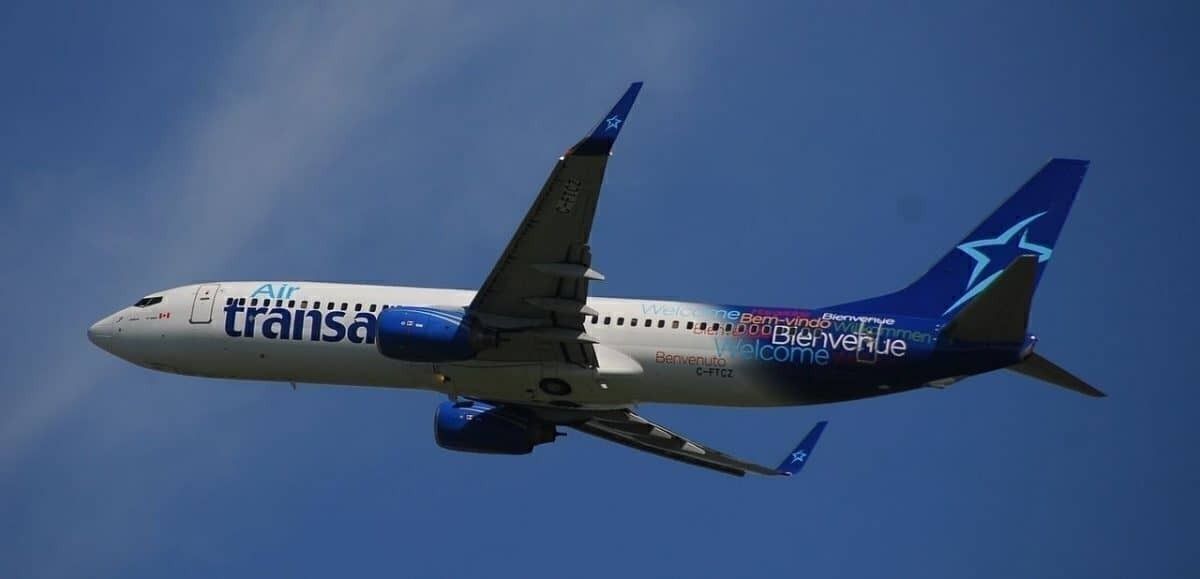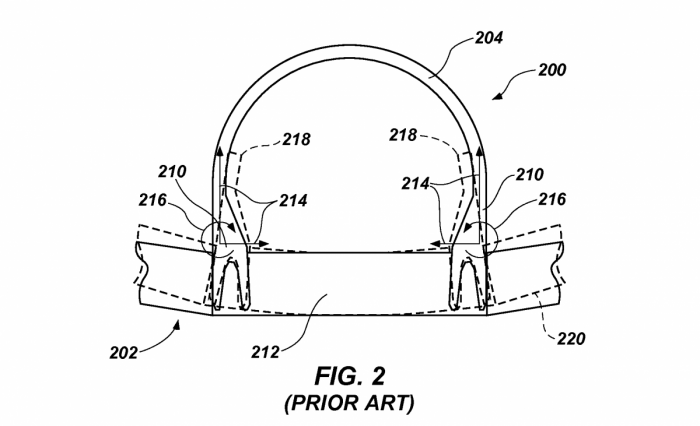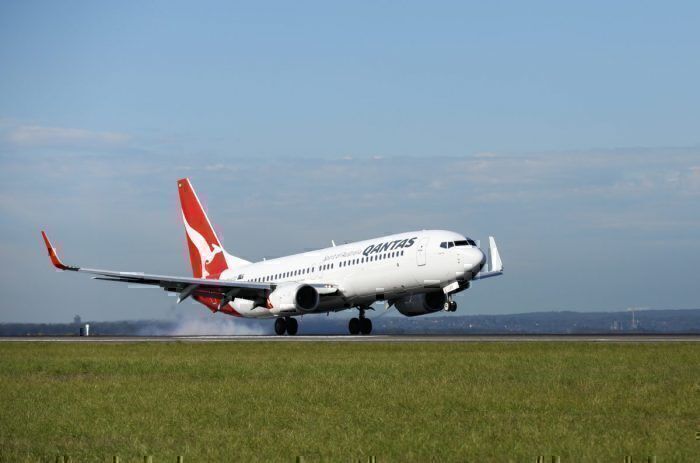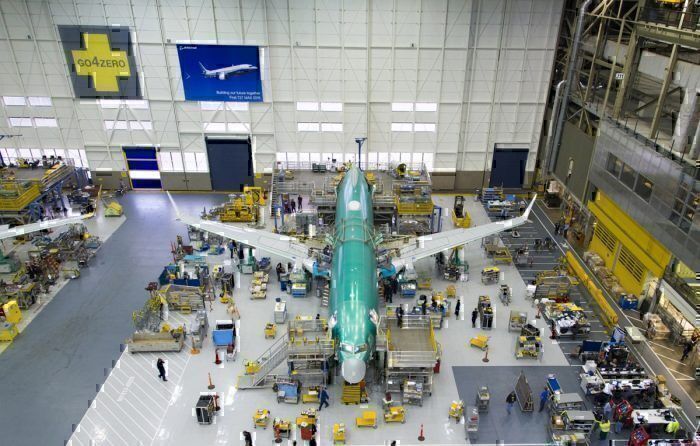Just over a month ago we reported on a cracking issue that was discovered on some components found on the Boeing 737 Next Generation (NG) aircraft. The Federal Aviation Administration had issued an order for airlines to inspect their affected jets after the Boeing alerted it to the issue. The component where these cracks occur have the name “pickle forksâ€. So what are pickle forks on an aircraft and why should you care?
What is a pickle fork (in aircraft terms)?
Named after the utensil used to pierce and handle pickles, pickle forks are the component that attach the plane’s body to its wing structure. These components help to “manage the stress, torque and aerodynamic forces that bend the connection between the wings and the body of the jetâ€.
According to KOMO News, pickle forks are “designed to last more than 90,000 landings and takeoffs without cracking…and there could be dire results if the system failsâ€. A former Boeing engineer who asked to remain anonymous tells KOMO that the issue is especially concerning as it was found relatively early in the plane’s service:
“It’s unusual to have a crack in the pickle fork. It’s not designed to crack that way at all. Period.â€
Why should you worry about them?
We should emphasize that Boeing and affected airlines are working hard to inspect all affected aircraft and would not fly their 737 NGs if there was a risk to passenger safety.
However, you should at least be aware of the issue if you have travel plans with an airline that has a fleet comprised of these aircraft. This is because replacement of a component like this isn't necessarily a quick and easy job. In fact, addressing the issue requires grounding for an unspecified amount of time. As such, you may find yourself on a different aircraft or have your schedule changed around.
Most recently, Qantas says it has removed the three affected aircraft for repairs while Korean Airlines and other Korean carriers have had a total of nine jets grounded because of the issue. At the beginning of last month, Southwest Airlines revealed two of its aircraft have been identified to have pickle fork cracks.
The carrier, as well as European budget airline Ryanair, could be affected a little more seriously. This is because both airlines operate an all-737 fleet. Southwest's operations have already been stifled due to the grounding of its 737 MAX.
The full, official statement from Boeing
Responding to a request for comment, a Boeing spokesperson responded with this official statement:
Safety and quality are Boeing’s top priorities. Boeing notified the FAA of this issue and has been actively engaged with our 737NG customers globally in a plan to support the required inspections.
Boeing has provided all 737NG customers detailed instructions for conducting the inspections and reporting the results. The company has held multiple customer engagements to ensure all technical questions are being addressed. Boeing is actively working with customers that have airplanes in their fleets with inspection findings to develop a repair plan, and to provide parts and technical support as necessary.
Boeing regrets the impact this issue is having on our 737NG customers worldwide and we are working around the clock to provide the support needed to return all airplanes to service as soon as possible. This issue does not affect any 737 MAX airplanes or the P-8.
Just over 1,000 airplanes have reached the inspection threshold, with less than 5 percent having findings that will need repair. However, we are not providing a list of customers impacted.




